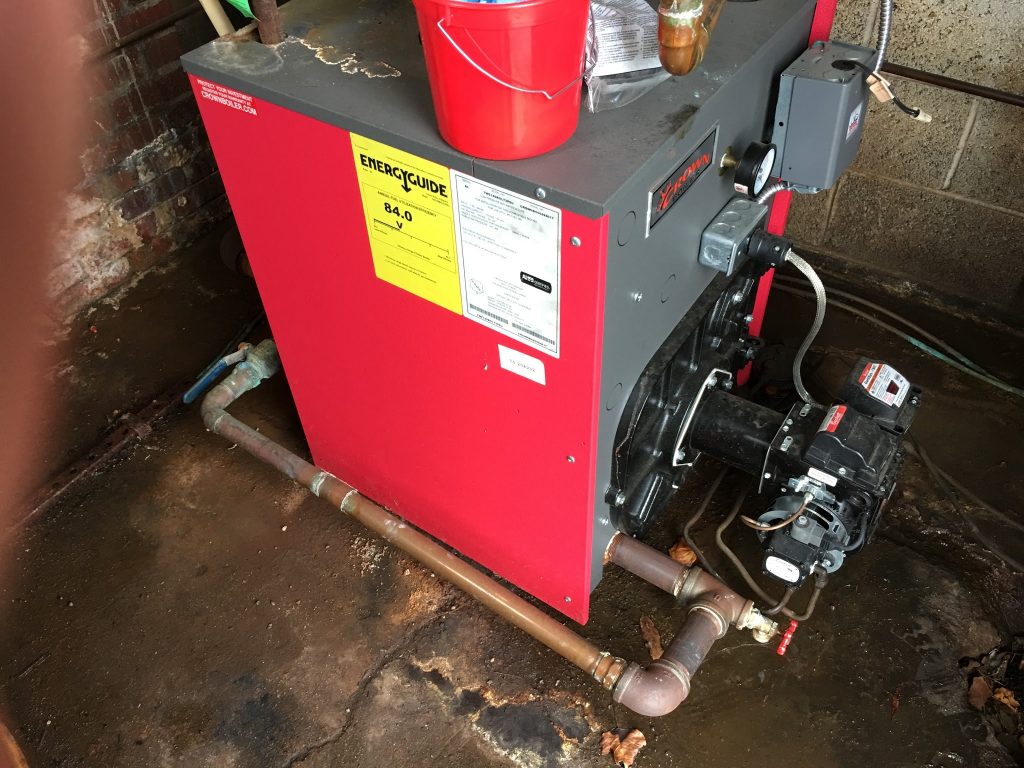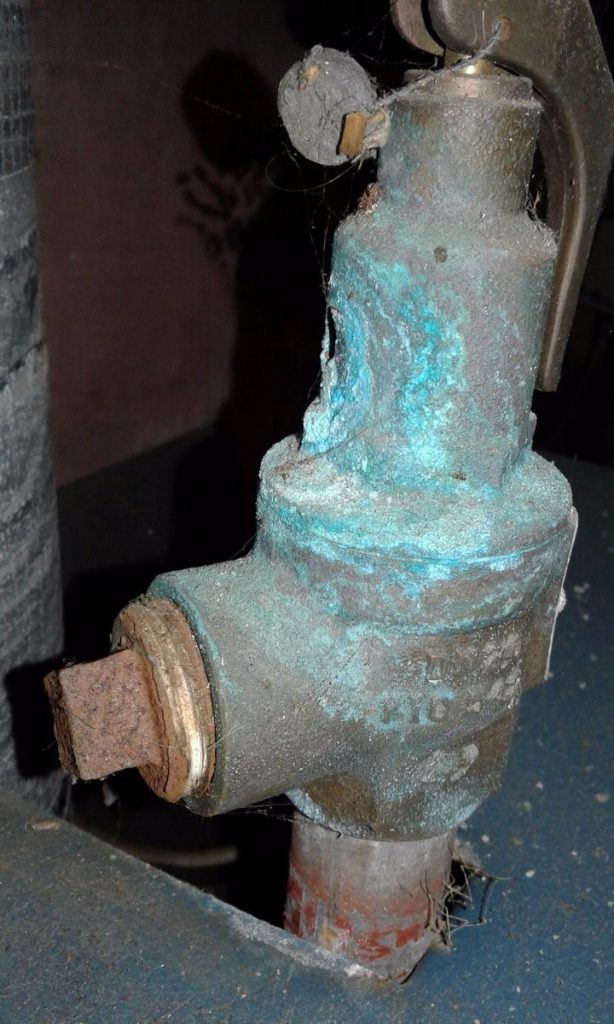Get Tech Tips
Subscribe to free tech tips.
Boiler Basics Part 2 – Components
This article is the second in a series on boiler basics by senior boiler tech Justin Skinner. Thanks, Justin.
There are many types of boilers that do many different things, but almost all of them have some of the same basic components. It's partially because regulatory agencies require them, and other times, it's because they are necessary for proper operation and safety of the boilers. But no matter how large or small the boiler is, you can probably find most, if not all, of these components. Unless noted otherwise, these are typical for hot water boilers.
Burner
Every boiler needs some source of heat, obviously, to heat the water. The type and sizes of burners vary so much that a few complete articles would be required to really get into detail about how they operate and the specific operations of each burner. All burners serve the same function, which to burn fuel and create heat safely and efficiently. Typically, the flame safeguards are integrated into the burner control sequence; certain conditions need to be met in order for the flame to light, similar to a gas furnace's pre-ignition sequence of operations. A blower with air dampers for adjustment is often part of the burner, and air/fuel ratios are adjusted at the burner during combustion analysis. Ignition transformers/control boards, ignitors, draft pressure switches, flame sensing devices (flame scanner/flame rod), and a primary controller to sequence all of it together are all parts of most burners. Honeywell, Fireye, Siemens, and a few others are common burner controls that are all different but essentially do the same thing. Some of the most common burner manufacturers (at least in my world) are Powerflame, Webster, and Beckett, but there are a lot of burners out there. It is common to see a dual fuel set up on larger burners, meaning they are capable of burning 2 types of fuel, typically gas and oil. Steam and hot water boilers both use burners.

Oil-Fired Boiler

Gas-Fired Boiler
Water feeder
Most water boiler systems are sealed, meaning that they are filled with water, the air is bled, and the same water is circulated throughout the system. In a perfect world, no additional water would be required, but most systems lose water and pressure through a variety of ways. An automatic water feeding valve is used to keep the system at a set pressure. There are many types with many different pressure ranges. The proper term for this component is “pressure reducing valve,” but I’ve always heard them called water feeders, so that is what I call them here. Backflow preventers are often used with water feeders. Once the water enters the boiler system, it should not be allowed to go back and re-enter the domestic cold water system. Boiler water can be pretty gross and often contains chemicals for water treatment, so be mindful and safe when opening the water side of any boiler system.

Typical Water Feeders (PRVs)
Pressure/Temperature Relief Valves
Relief valves protect the boiler pressure from rising above the safe maximum that the boiler is rated for. The pressure rating on the relief should never be above the pressure that the boiler is rated for. Also, relief valves come with a BTU rating and are sized to match the fire ratings of the burner; this is crucial to keep in mind when replacing a relief valve. A valve that is too small may open prematurely, and a valve that is too large may not open at the pressure it is supposed to. There are calculations and recommendations that are used to size relief valves that I’m not going to give here, but if you are replacing one or having issues with one and are unsure, ask a senior tech or contact the manufacturer for recommendations. However, keep in mind that the relief valve may be the last line of defense in preventing a boiler explosion, so treat it as such. NEVER plug a leaking relief valve; it is kind of illegal. These are found on both steam and water boilers.

If you do this, you are fired!
Operating/Modulation/High Limit Controls
These are controls to maintain a set range for water temperature, the burner modulating from high to low fire (for modulating burners), and safety controls to prevent the temperature from rising above the set point. These are used in both water and steam boilers, and I will go over them in more detail in the next article.
Circulator Pumps
These are used to move water through the boiler and the system. Some pumps are controlled on and off by the boiler, some are controlled by building automation, and some are just on and run constantly. Flow sensors are often used to ensure proper water flow is present in the boiler and disable burner operations if the flow is decreased below what is recommended.
Pumps come in all shapes, sizes, and voltages.
Low Water Protection
When a boiler gets low on water, it can be a very dangerous situation. Low water safeties are used to disable the burner when low water conditions are present. Steam and water boilers both require protection, but low water controls for steam are generally much more crucial than for a typical water boiler, as the risk with steam and boilers low on water can be severe.
This is by no means a comprehensive list, just a general overview, and I’m sure i missed something that you all will let me know about. With the huge variety of boilers out there, it would be tough to list every single thing that you might run into. These are all very common and the things that I seem to replace or have issues with the most. I will expand on steam-specific controls and components in the next article.
—Justin











Comments
Any oil or gas or duel fuel techs in the moncton new brunswick area looking for work?
Any oil or gas or duel fuel techs in the moncton new brunswick area looking for work?
You still looking for a tech.
You still looking for a tech.
Love what you said about “BOILER BASICS PART 2 – COMPONENTS”
Thats true you said there are so many types of Boiler Mechanical
I very much enjoyed reading this article on Boiler Mechanical Services keep publishing on it and Thank you so much for sharing with us.
cheers!
Love what you said about “BOILER BASICS PART 2 – COMPONENTS”
Thats true you said there are so many types of Boiler Mechanical
I very much enjoyed reading this article on Boiler Mechanical Services keep publishing on it and Thank you so much for sharing with us.
cheers!
To leave a comment, you need to log in.
Log In